The British Expedition to Mount Everest Attempt.
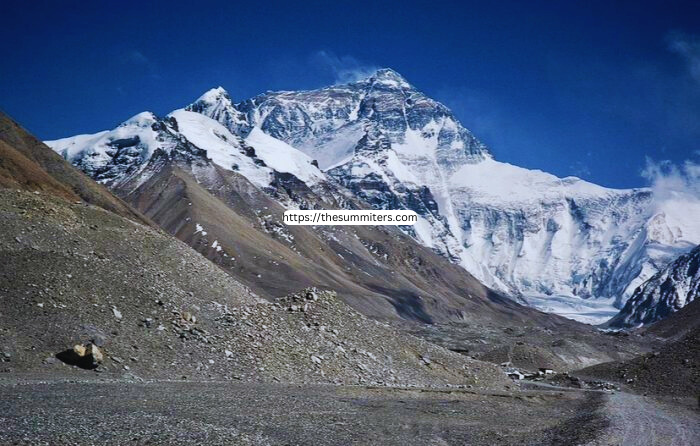
In the late 19th century, various British organizations, including the Royal Geographical Society (RGS) and the Alpine Club, began considering the possibility of sending an expedition to explore Mount Everest. Notable proponents of this idea included Sir Francis Younghusband and Charles Bruce. However, obtaining permission for such an undertaking proved to be a complex process due to intricate political and diplomatic circumstances.
In 1913, British Army officer John Noel attempted an audacious, albeit illegal, entry into Tibet in an effort to approach Everest. Unfortunately, he only managed to get within 70 kilometers of the mountain’s base. In 1919, renowned explorer Charles Howard-Bury proposed a reconnaissance expedition to Everest, with the aim of reaching the summit. However, his proposal was rejected by the Indian Office.
In 1920, Howard-Bury traveled to India and entered Tibet, where he met with British political officer Charles Bell. Bell, who had influential connections in Tibet, subsequently met with the Dalai Lama later that year. After their discussion, the Dalai Lama agreed to grant permission for a British expedition to Everest.
The Royal Geographical Society and the Alpine Club collaborated to establish the Everest Committee, chaired by Sir Francis Younghusband. A reconnaissance expedition to Everest began to take shape, with the possibility of a summit attempt not ruled out.
Reference : Wikipedia
The Howard-Bury Expedition of 1921
In 1921, a reconnaissance expedition was finally launched, led by Charles Howard-Bury. The team consisted of eight British members, one Canadian, and a group of porters. Notable members included George Mallory and Alexander Kellas. The expedition approached Everest through the Sikkim-Chumbi Valley, entering Tibet.
British mountaineer, chemist, and explorer Alexander Kellas had been conducting research on high-altitude physiology to determine if the human body could adapt to high altitudes. He believed that, in the future, Everest could be climbed without bottled oxygen. However, Kellas recommended the team use oxygen.
Tragically, Kellas never reached the vicinity of Everest. He suffered a heart attack in the village of Kampa Dzong during the approach trek, marking the mountain’s first climbing fatality. Additionally, an Indian porter lost his life during the approach.
The expedition explored Everest for 96 days, covering its west, north, and east sides. Two climbers, Guy Bullock and George Mallory, impressively reached the North Col at 7,020 meters without the use of bottled oxygen.
During their journey, they discovered unusual footprints at high altitudes. Howard-Bury initially suggested they might belong to a large grey wolf, but the Sherpas insisted that these footprints belonged to a “metch kangmi,” later mistranslated as the “abominable snowman.”
Read More: Manaslu Expedition 2023
The 1922 Attempt and Tragedy
In the spring of 1922, the British returned to Everest, led by Brigadier-General Charles Bruce, a seasoned mountaineer and former boxer. Bruce’s team included notable climbers such as Tom Longstaff, Edward Norton, Howard Somervell, and George Mallory. They attempted an ascent from the Tibetan side of Everest.
Bruce and Australian George Ingle Finch reached an elevation of 8,326 meters with the assistance of bottled oxygen. However, issues with their oxygen cylinders and exhaustion prevented further progress. Tragically, an avalanche claimed the lives of seven Sherpas below the North Col.
Mallory and Irvine’s Disappearance in 1924
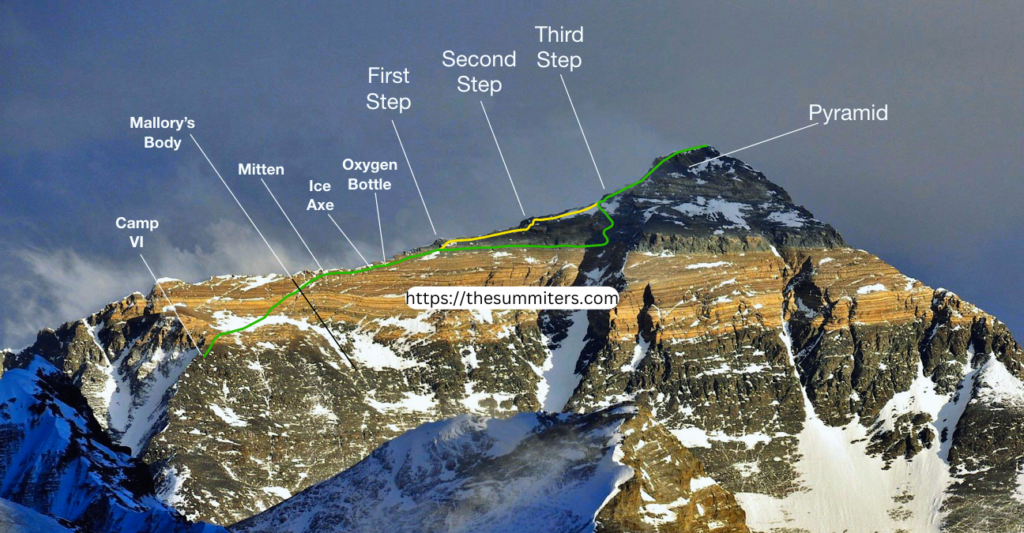
The most famous attempt on Everest occurred in the spring of 1924. The British team, led by Edward Norton, attempted an ascent from the north. The route they chose had been proposed by George Mallory in 1921: Rongbuk Glacier-North Col-North Ridge-Northeast Ridge-summit.
In separate attempts, they ventured without the use of bottled oxygen. The first attempt, made by George Mallory and Geoffrey Bruce, failed to reach Camp 6 at 8,200 meters. Edward Norton, & Howard Somervell made the second attempt. After Somervell’s retreat, Norton managed to reach an astonishing altitude of 8,573 meters without bottled oxygen.
The third and final attempt was undertaken by George Mallory and Andrew Irvine, using bottled oxygen. They were last seen at approximately 8,600 meters on the northeast ridge before disappearing. Mallory’s body was discovered in May 1999, at an altitude of 8,155 meters. There is ongoing speculation about whether they successfully summited, as their camera, which might have contained proof, has never been found.
Ruttledge’s Attempt in 1933
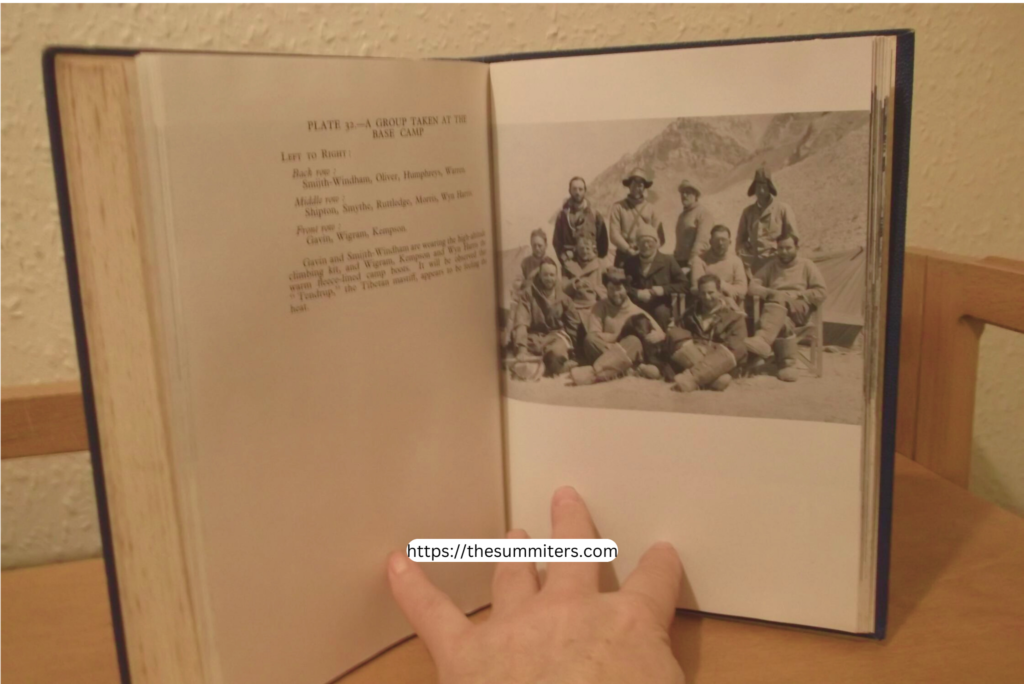
In the spring of 1933, Hugh Ruttledge led a diverse team of British and Indian climbers, along with a group of Sherpas, to the north side of Everest. They reached an impressive altitude of 8,570 meters without supplementary oxygen before retreating due to the challenging route.
Maurice Wilson’s Solo Expedition in 1934
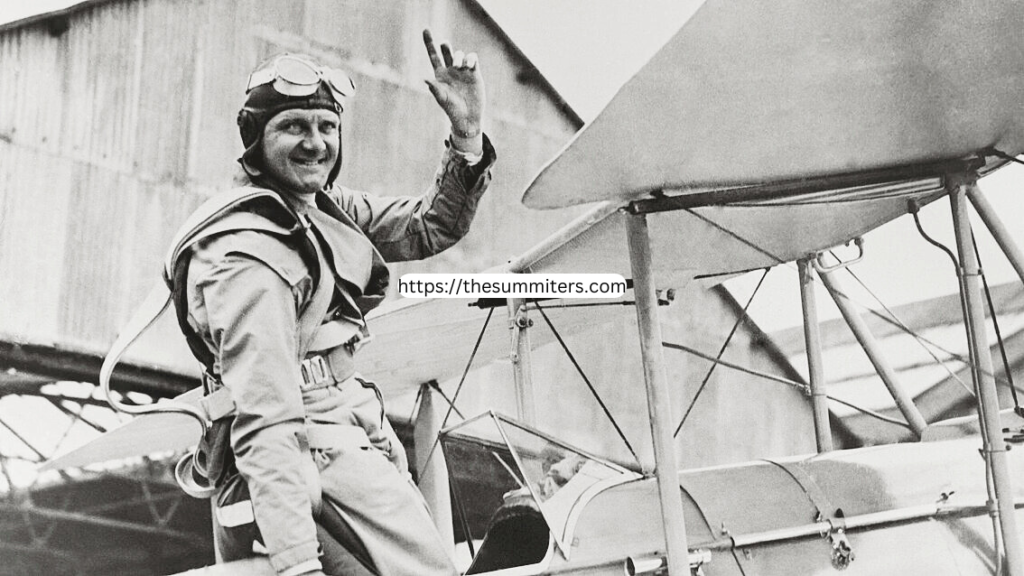
Maurice Wilson, a man of unwavering faith but limited climbing experience, embarked on a solo expedition to climb Everest from the north with inadequate equipment. Though initially accompanied by two Sherpas, they wisely abandoned the endeavor. Undeterred, Wilson continued alone, believing that faith alone would guide him to the summit.
Sadly, Wilson succumbed to exposure at 6,500 meters, and his lifeless body was discovered a year later. His diary, found beside him, contained a poignant final entry: “Off again. Gorgeous day.”
Eric Shipton’s Attempt in 1935
In the summer of 1935, renowned alpinist and explorer Eric Shipton led a team to the north side of Everest. Among the team members were Harold William Tilman and a name that would later become legendary, Tenzing Norgay. Unfavorable conditions compelled them to descend from around 7,000 meters without supplementary oxygen. They also conducted a reconnaissance of Everest’s west side.
1936 to 1951: Unsuccessful Attempts but No Summits
In the spring of 1936, Hugh Ruttledge returned to Everest and reached 7,000 meters without bottled oxygen, but adverse weather thwarted further progress.
In 1938, Bill Tilman’s team reached 8,300 meters using supplemental oxygen but had to abandon the climb due to deep snow.
In 1947, Canadian engineer Earl Denman, accompanied by Tenzing Norgay and Ang Dawa Sherpa, ventured into Tibet illegally to attempt Everest from the north. A fierce storm forced them to retreat, with their highest point being 6,700 meters. Norgay acknowledged that the allure of Everest was irresistible, even though Denman’s chances of success were minimal.
In 1950, China’s occupation of Tibet barred Western teams from accessing Everest from that side.
Bill Tilman returned in 1950 with a few partners and conducted an exploratory expedition to Everest through Nepal, now the standard approach route to the mountain.
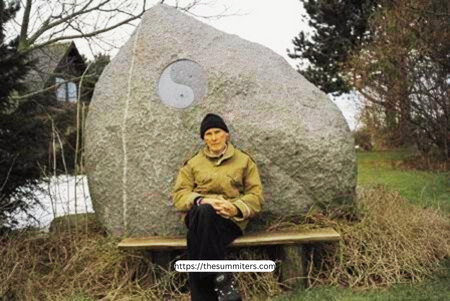
In 1951, Klavs Becker-Larsen led a Danish team to Everest, crossing from Nepal to the northern (Tibetan) side via Lho-La Pass. Climbing without bottled oxygen, they reached 6,800 meters before rockfall forced their retreat. Despite their limited mountain equipment and experience, they were the first Europeans to reach Nangpa La.
From the Nepal Side
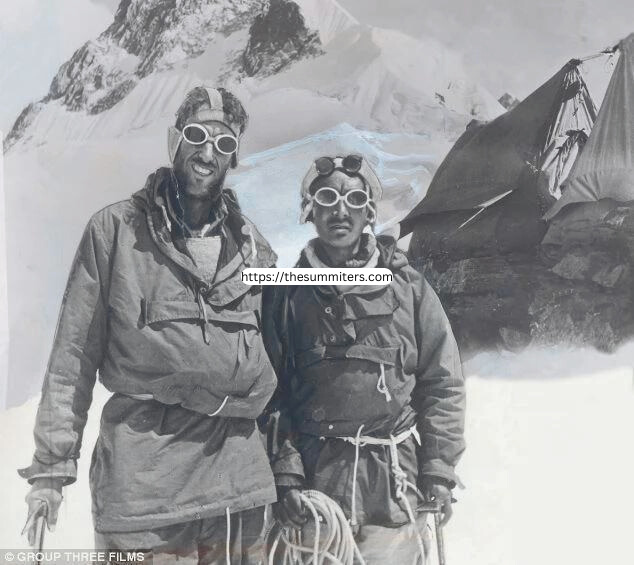
In the autumn of 1951, Eric Shipton’s team approached Everest from Nepal’s Khumbu Valley, reaching 6,000 meters without bottled oxygen.
In 1952, there were two Swiss expeditions. The first, led by Edouard Wyss-Dunant, ascended the southeast ridge, the current normal route, to an altitude of 8,600 meters. Climbing with supplemental oxygen, they ran out of energy and fell short of the summit.
Later that autumn, the second Swiss team, led by Gabriel Chevalley, made another oxygen-assisted attempt on the southeast ridge, reaching 8,100 meters. Unfavorable weather conditions compelled their descent. Tragically, during the expedition, an ice avalanche claimed the life of one Sherpa, and two porters died during the approach.
A Rumored Attempt
Rumors circulate regarding an expedition in the autumn of 1952, led by Pavel Datschnolian from the former Soviet Union, aiming to conquer Everest from the north. Supposedly, the expedition reached 8,200 meters, but Datschnolian and five other team members met mysterious deaths. Both Russian and Chinese authorities, however, have consistently denied the existence of such an expedition.